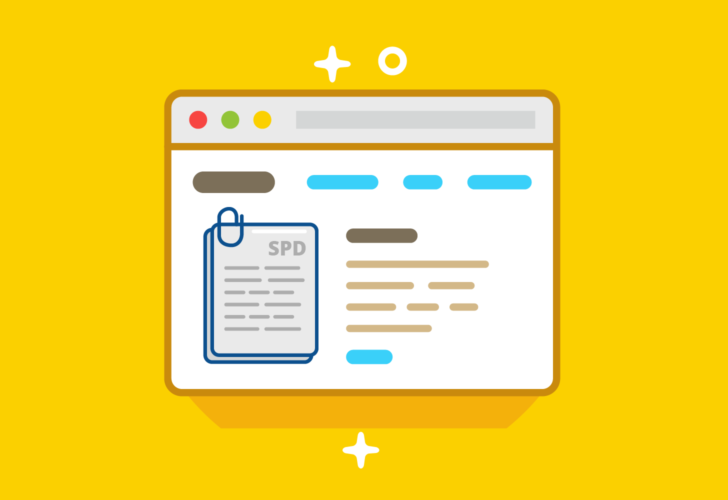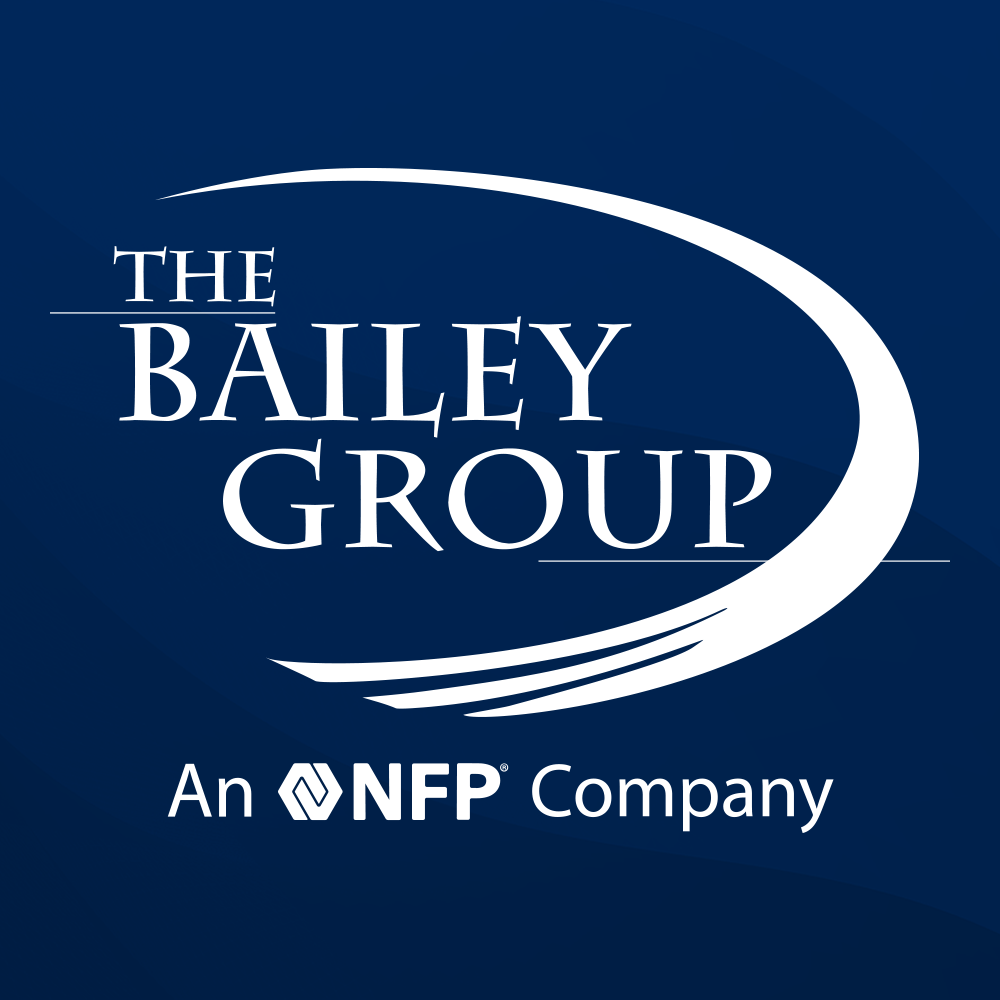Compliance FAQ: If Our SPDs Are Available on Our Intranet, Does That Meet ERISA Distribution Requirements?
By The Bailey Group Marketing
Published June 7, 2018

The short answer is no. Simply posting the Summary Plan Description (SPD) on your intranet is not enough. Employers must ensure the intended recipients receive the SPDs. For example, merely providing employees with access to a computer in a common area (e.g., a computer kiosk) is not a permissible means to electronically furnish ERISA-required documents.
As background, ERISA requires a plan administrator to obtain written consent prior to electronically delivering ERISA disclosures to beneficiaries and other plan participants who do not have work-related access to a computer. Plan administrators are required to use measures reasonably calculated to ensure actual receipt of the material by plan participants and beneficiaries (e.g., the plan administrator must make use of electronic mail features such as return-receipt or notice that the email was not delivered). The plan must also conduct periodic reviews to confirm receipt of the transmitted information.
Two Groups of Employees to Consider
In general, the regulations recognize two groups of employees when determining whether electronic distribution is sufficient: those who have electronic access as an integral part of their job and those who don’t. These categories are determined by whether the employee can access electronic documents at a location where they are reasonable expected to perform their job duties.
Importantly, the first group are not just employees with a work email or who have access to a computer station at work (clock-in locations/kiosks included). Instead, they actually have to have the ability to access electronic documents at a location where they normally work. Thus, an employer should consider their workforce and determine which employees (if any) fit into the first category.
So, if an employee does not have access as an integral part of their job, the employee may provide the employer with an email address to send the notices, but the employee must affirmatively give consent to receiving electronic notices before the documents are distributed with that personal email. The email must explain what documents will be provided electronically, that their consent can be withdrawn at any time, procedures for withdrawing consent and changing the email address, the right to request a paper copy of the document and if there is an applicable fee, and what hardware or software would be required. If an employee doesn’t give consent, then the employer should mail them a hard copy or provide it through another verified delivery method.
Further, whenever an email is sent to the employee with the notice (e.g., SPD), the employer must also explain what the notice is, explain the importance of the document, and advise on the ability to access and obtain a paper copy. So there is supplementary language that should be included in the email with the notice the employer should be aware of.
Finally, some notices are not appropriate for electronic disclosure. For example, the COBRA initial and election notices must be sent to covered spouses as well as to covered employees upon enrollment in the plan. Thus, the group should deliver these documents through another verifiable method if not included under the DOL safe harbor.
A Helpful Resource
Our parent company at NFP created this white paper (Required Group Health Plan Notifications for Employees) that describes which documents should be included in the eligibility/enrollment packet, which documents should be distributed upon enrollment, and which documents should be distributed upon termination from the plan. It identifies the required notices that may be provided electronically (indicated by an asterisk). You may download the white paper here.




